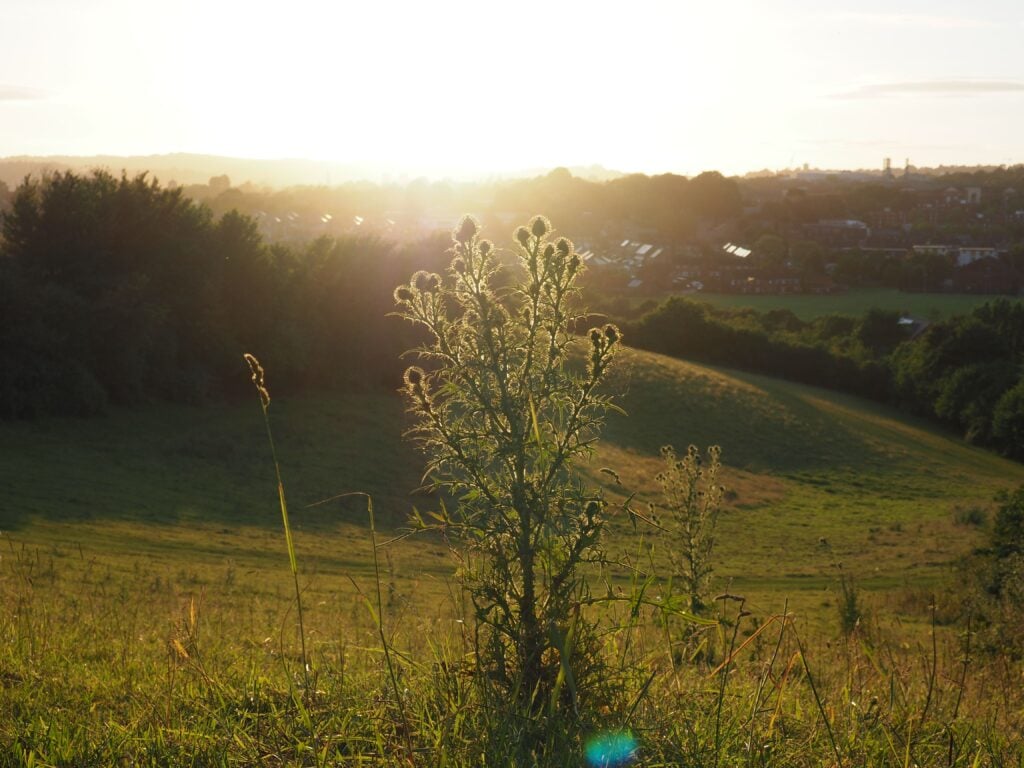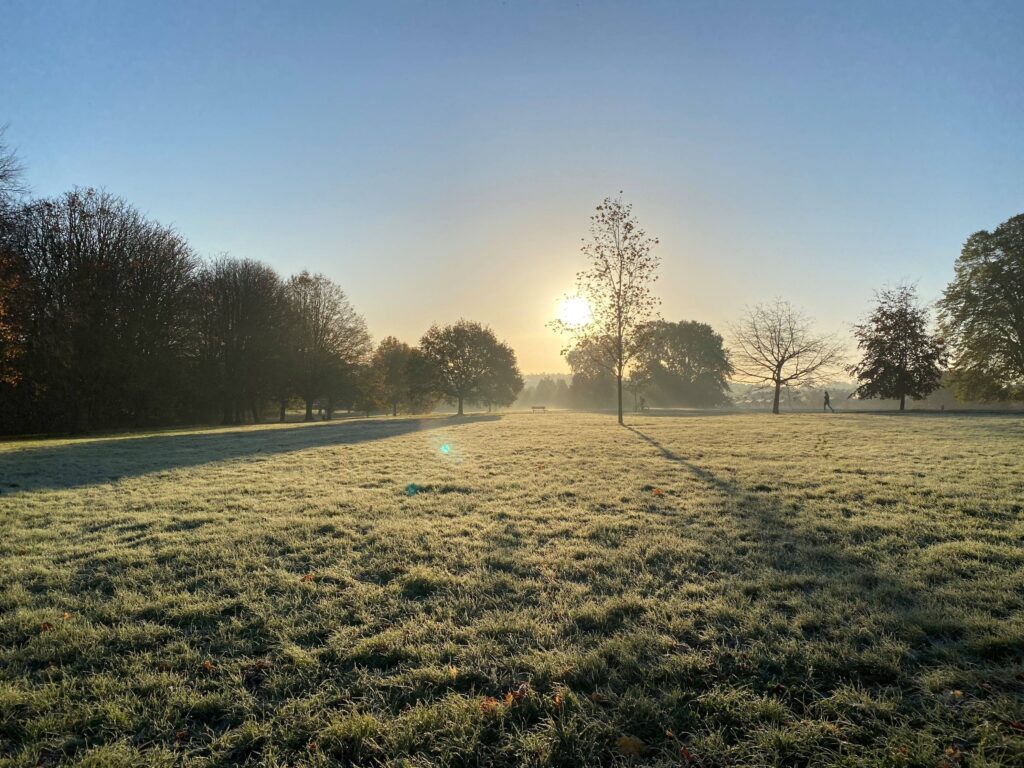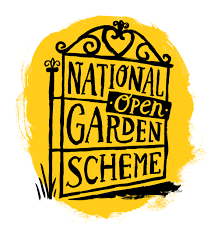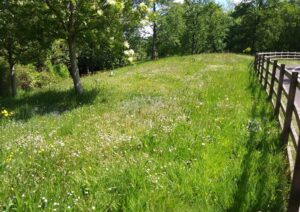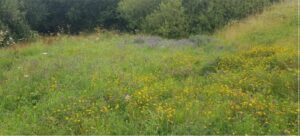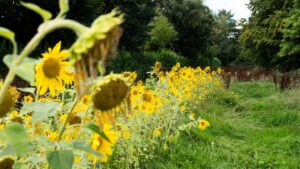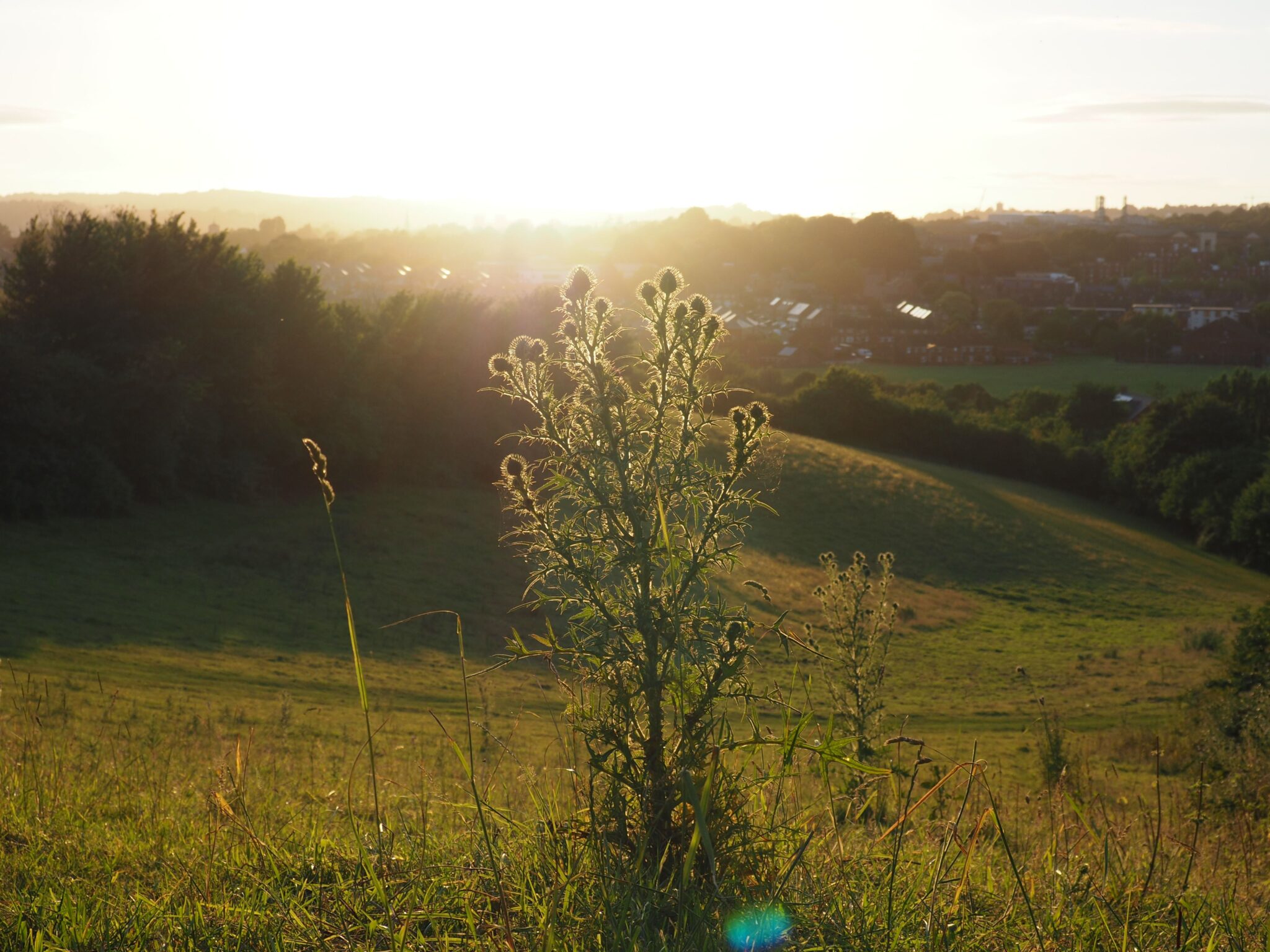UK significance:
UK priority habitat: Ancient and veteran treesA tree that has reached a great age compared to others of the same species and has cultural, landscape or biodiversity value. Ancient trees are veteran trees, but not all veteran trees are old enough to be ancient. More, wood pasture and parkland, broadleaved woodland, native hedges, lowland meadows, calcareous grasslands, broadleaved woodland, wet woodland and traditional orchards.
Statutory irreplaceable habitatIrreplaceable habitat, if destroyed, is very difficult (or takes a significant time) to restore, recreate or replace because of its age, uniqueness, species diversity or rarity. More: Ancient and veteran trees, Ancient Woodlands
Wider benefits: Recreation, landscape, flood control, air quality, water quality, pollinators, access to nature.

